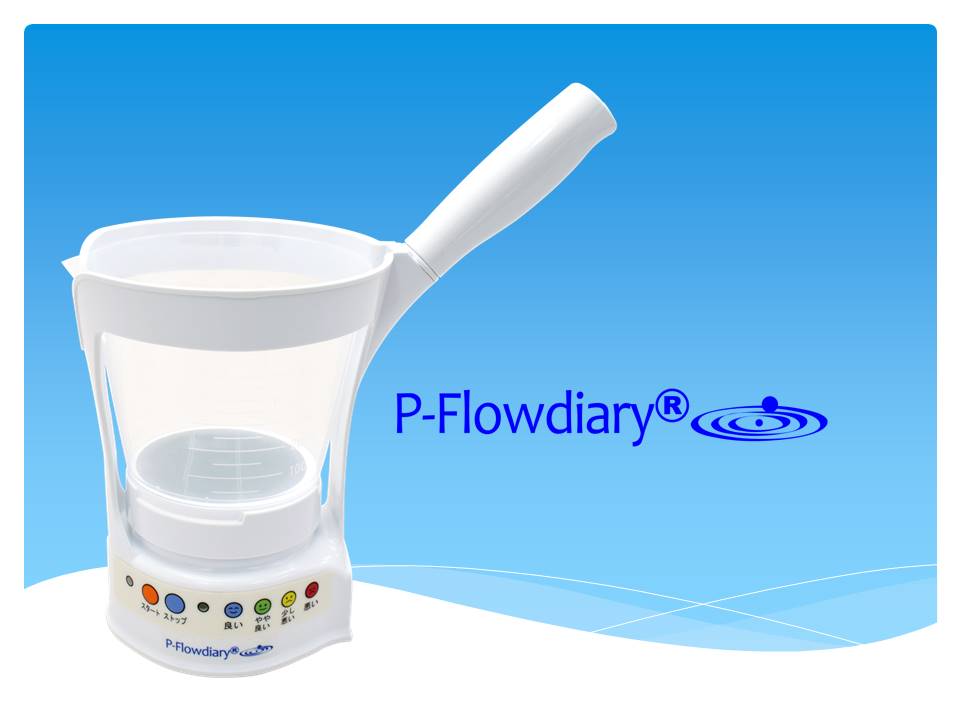A portable uroflowmetry device named P-Flowdiary® combined with frequency volume charts is useful in clarifying lower urinary tract symptoms in children
Kazuyoshi Johnin, M.D., Kenichi Kobayashi, M.D., Akihiro Kawauchi, M.D..
Shiga University of Medical Science, Otsu-city, Japan.
BACKGROUND:It has been generally accepted that uroflowmetry is an important and noninvasive diagnostic tool for children with lower urinary tract symptoms (LUTS). More than 2 uroflows are needed to draw the conclusions. However, it is impossible to offer comfortable environment for children to do several uroflows in the outpatient services (OPS). P-Flowdiary®, which is a handy uroflowmetry device, available in Japan from 2015, can easily record all uroflows and simultaneous frequency volume charts (FVC) at home. To evaluate the feasibility of this new device, we compared uroflows and FVC at home and OPS among boys with several conditions.
METHODS: At least 2 days home uroflows and FVC using P-Flowdiary® were recorded for boys with several conditions: daytime urinary incontinence without nocturnal enuresis(DUI)(4), non monosymptomatic nocturnal enuresis(NMNE) with daytime wetting(NMNE-wet)(5), NMNE without daytime wetting(NMNE-dry)(7), and normal control(9). All boys were toilet-trained and aged mean 8.5 years old (5-12). We analyzed the uroflow parameters and patterns at home and OPS.
RESULTS:Among all groups, Qmax and Qave at OPS were similar to those at maximal voiding volume (MVV) and first void in the morning (FVM). Among all groups, voided volume (VV) at OPS was similar to that at MVV and FVM. Among boys with NMNE-dry, VV at FVM was significantly larger than those at MVV (p<0.05).
Among all groups, frequencies of bell pattern at FVM were similar to those at MVV. Among children with DUI, frequencies of bell pattern at OPS were significantly higher than those at FVM (p<0.05). Among children with NMNE-dry, frequencies of bell pattern at OPS were significantly lower than those at FVM (p<0.01) and those in all home voids (p<0.05).
CONCLUSIONS:P-Flowdiary® is a novel device to record all uroflows and FVC simultaneously at home, and offers useful information of LUTS in children. 
Back to 2016 Fall Congress
